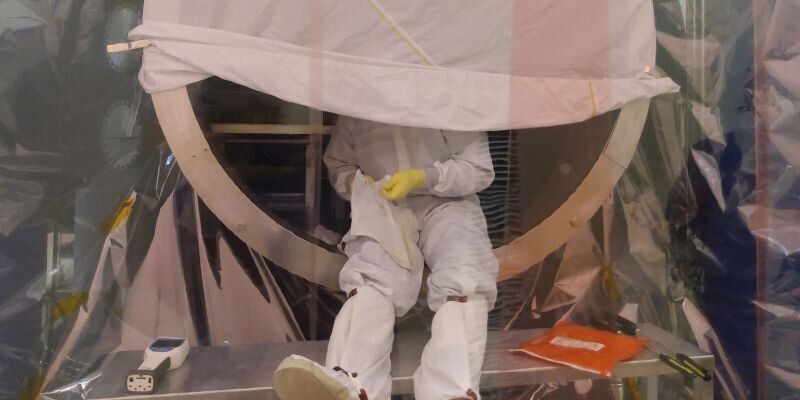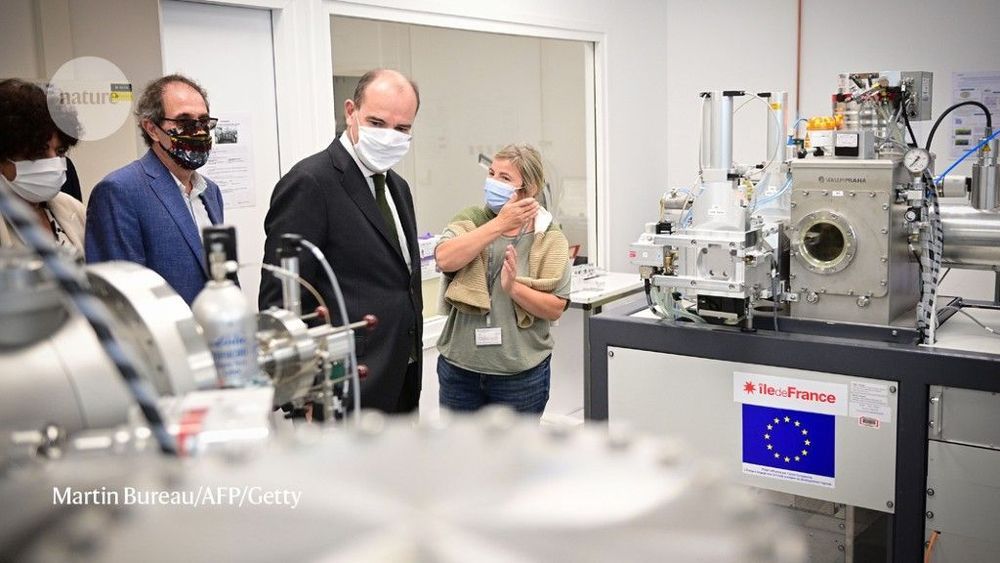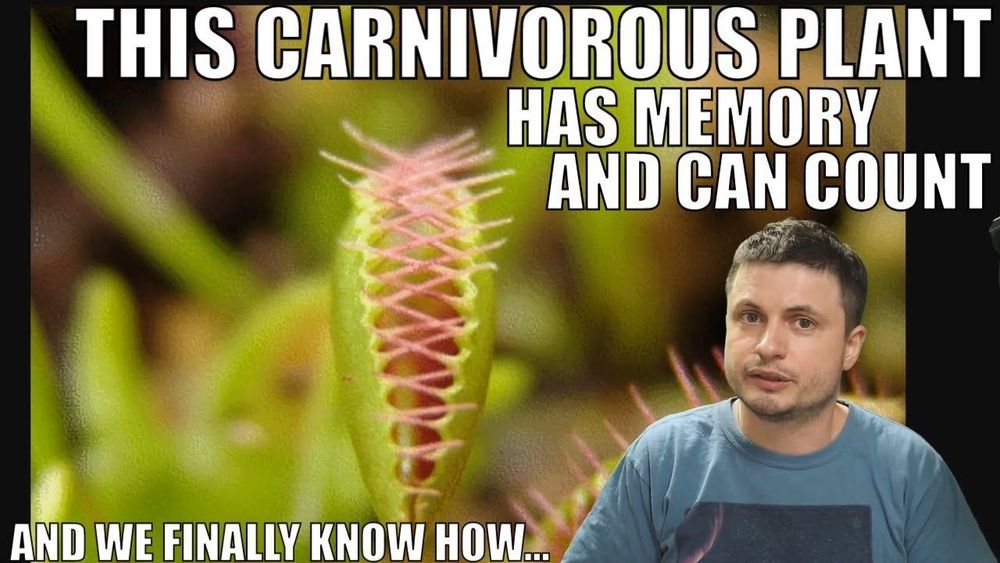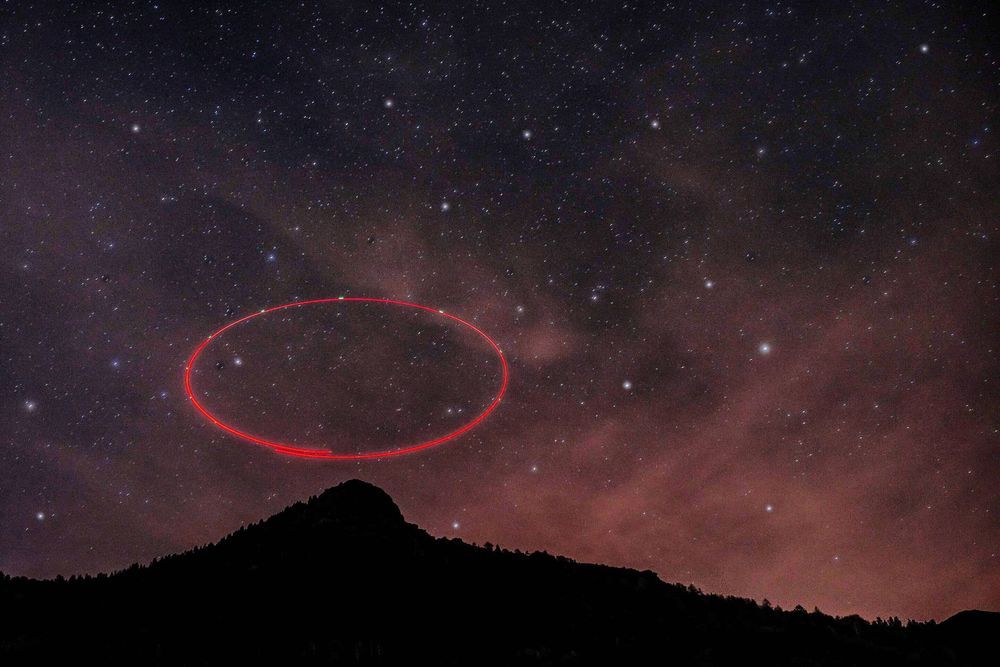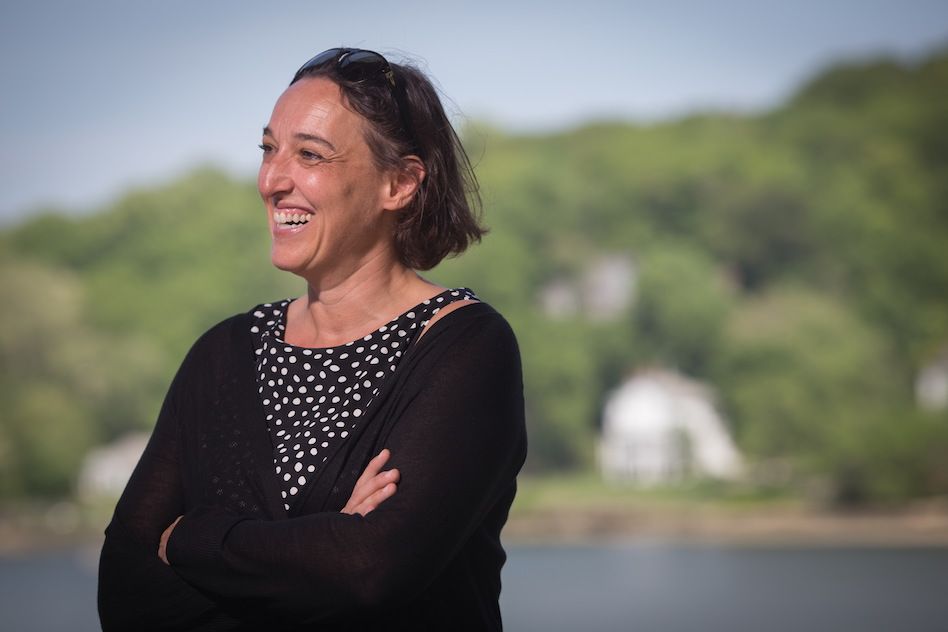Oct 30, 2020
Bumper crop of black holes in new gravitational wave paper
Posted by Quinn Sena in categories: cosmology, physics
Only a few years ago, scientists the world over celebrated as the first-ever gravitational waves were detected—confirming a long-held scientific theory and opening up an entirely new field of research.
Now, the international research team responsible for detecting gravitational waves has announced a further 39 gravitational wave events, bringing the total number of confirmed detections to 50.
The Laser Interferometer Gravitational-Wave Observatory (LIGO) and Virgo Collaborations, which include researchers from the University of Portsmouth, have today published a series of papers that record events including the mergers of binary black holes, binary neutron stars and, possibly, neutron star-black holes.
